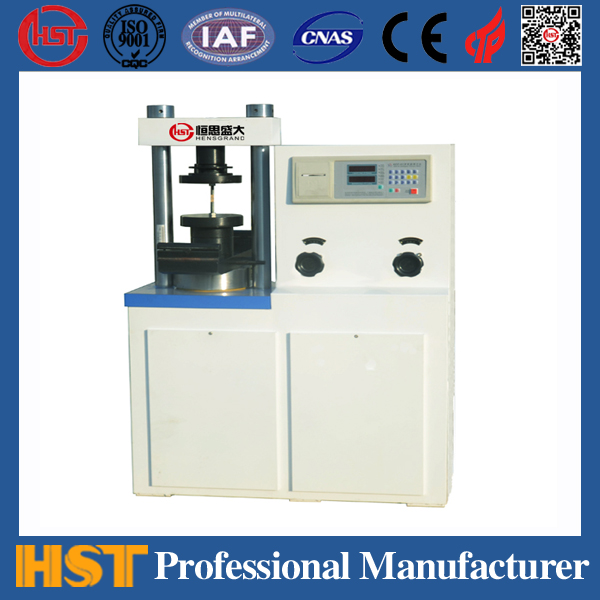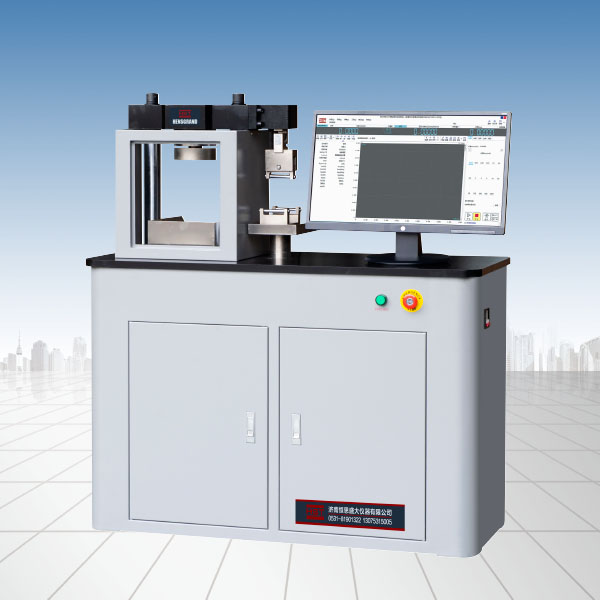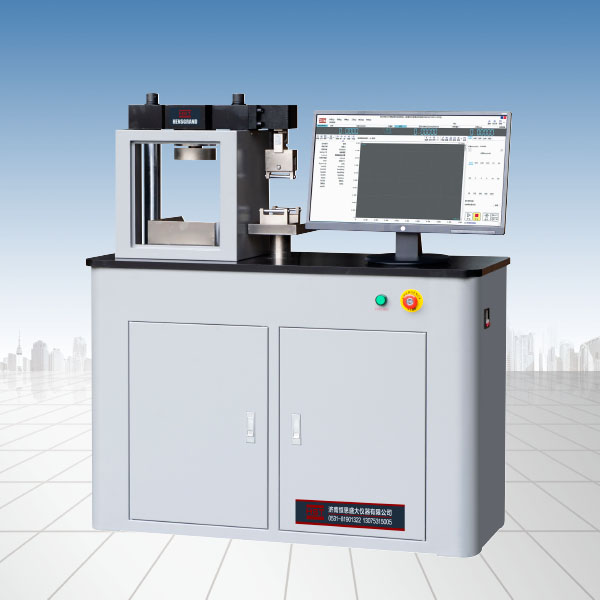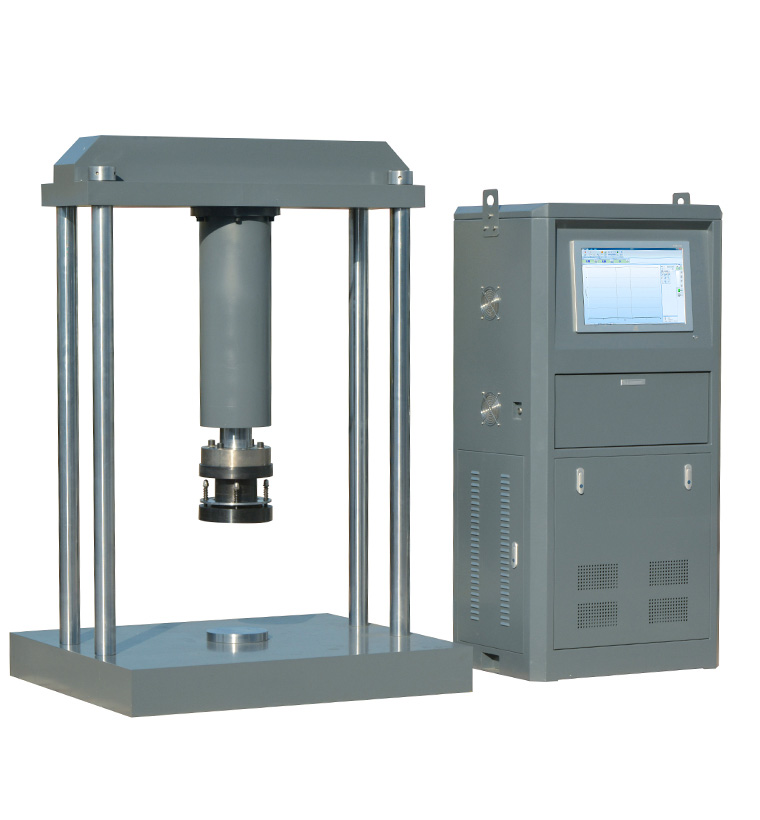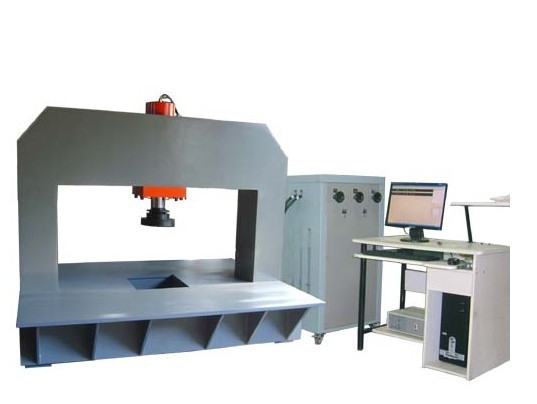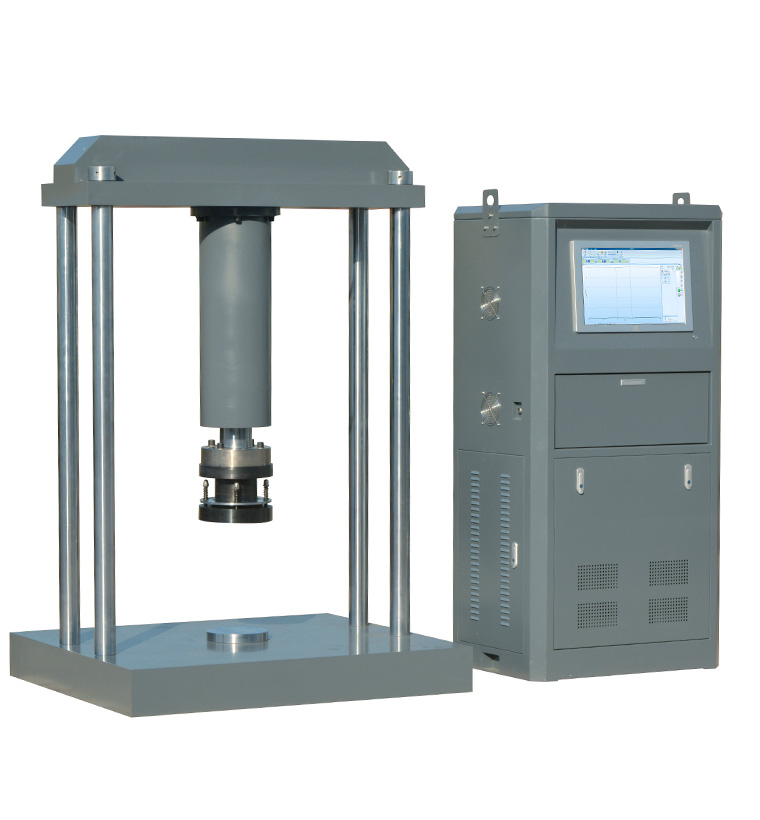Company News
Test of impact resistance of plastic film
Release time:2018-11-23 source:Jinan Hengsi Shanda Instrument Co., Ltd. Browse:
Impact strength is one of the important mechanical properties of materials. Impact performance test is to measure the impact strength of a material under the action of impact load to measure the toughness of a polymer material or its resistance to fracture under high-speed impact state, also known as impact toughness. Different impact test methods can be selected for different materials or different uses. Common methods include pendulum impact test, dart impact test, ball impact test, etc.
Free-dart shock test
The impact test of falling dart and ball-drop method is a method of impacting the sample by hitting the falling body (including falling dart, weight and locking ring) or steel ball from a known height to fall freely to the sample to measure the impact performance. The drop height and mass of the fallen body or steel ball directly affect the test results, and the shape and size of the fall punch will also have a great impact on the results.
The dart impact method is usually used in the flexible packaging industry, and the relevant standards include GB/T 9639, ISO 7765-1, ASTM D 1709-01, etc. A drop dart with a hemispherical impact head is used, and the tail provides a longer thin rod to fix the weight. It is suitable for measuring the impact mass and energy of 50% of the plastic film or sheet specimens when the damage is damaged under the free drop dart impact of a given height.
Anti-pendulum impact test
Make pendulum filmImpact testing machineThe hemispherical punch hits and passes through the plastic film at a certain speed, measuring the energy consumed by the punch. This energy is used to evaluate the anti-pendulum impact energy of plastic films.
Pendulum impact tester
Tensile strength/elongation test of plastic film
Tensile strength (vertical/transverse) is the bearing capacity of the plastic film in a certain direction, through a tensile clamp, at a certain test speed until it breaks. It can be expressed by tensile breaking force (N) or tensile strength (Mpa).
The elongation of breaking is that the plastic film is in a certain direction (vertical/lateral direction), and under a certain tensile force, the elongation amount during breaking accounts for the original length.
There are four types of samples with the shape and size, and the types I, II, and III are dumbbell-shaped samples. Type IV is a long strip sample with a width of 10 to 25mm, a total length of not less than 150mm, and a gauge distance of at least 50mm. Samples can be selected according to different products or according to existing product standards. Generally speaking, samples with larger elongation should not be made of too wide.
Any testing machine and thickness measuring instrument that can perform tensile tests and can meet the corresponding requirements can be used as testing instruments and equipment.
At the specified speed, start the test machine for testing. If there is no specified speed, the hard material will be used at a lower speed and the soft material will be used at a higher speed.
If the sample is broken outside the marking line, the sample will be invalid and the sample will be taken to re-made.
Sliding test of soft composite materials
The sample of a specified width was subjected to T-shaped peeling at a certain speed, and the average peeling force (N) between the composite layer and the substrate was measured.
Sample schematic diagram
1-Upper fixture; 2-Upper fixture; 3-Stripped part of the sample; 4-Un-stripped sample String 9
The composite film sample was 15.0mm in width and 0.1 mm in length. The test speed is 300 soil 50mm/min.
The composite layer and the substrate are peeled off for 50 mm in advance along the length of the sample, and the peeled part shall not be significantly damaged. If the sample is not easy to peel, one end of the sample can be immersed in an appropriate solvent for about 20 mm, and then the peeling force test is performed. If the composite layer still cannot be separated from the substrate after this treatment, the test cannot be carried out.
Right-angle tear strength test
A tensile load is applied to the standard sample to tear the sample at a right angle mouth, and the tear load (N) or tear strength (kN/m) of the sample is measured.
Right-angle tear sample
Testing instruments and equipment are various tensile testing machines and thickness measuring instruments that meet the requirements. The speed is 200±20mm/min.
Thermal Strength Test
l Principle
The tension required for heat-sealed sample to break under tension, unit: N/15mm. Used to evaluate the heat sealing strength at a certain sealing position of the packaging bag film.
l Sample
Sampling: Take samples on the side, back, top and bottom of the plastic film packaging bag, respectively, and take samples in a vertical direction with the heat-joining part, each serving as the heat-joining sample on the side, back, top and bottom of the packaging bag.
Dimensions: Width (15±0.1) mm, expansion length (100±1) mm. If the expansion length is insufficient, adhesive tape can be used to bond the same material as the bag to meet the requirements. The width of the sample is measured with a vernier caliper and the length is measured with a ruler.
Test speed: 300±20mm/min.
Sealing performance test
Used for sealing tests of flexible packaging films in food, pharmaceuticals, daily chemicals and other industries. The sealing performance test of the specimens after falling and pressure resistance tests can also be carried out.
By vacuuming the vacuum chamber, the sample immersed in water generates an internal and external pressure difference, and observes the gas escape in the test sample, so as to determine the sealing performance of the sample; by vacuuming the vacuum chamber, the sample is generated an internal and external pressure difference, and observes the sample shape recovery after the test sample is expanded and the vacuum is released, so as to determine the sealing performance of the sample.
Method for detecting dynamic friction coefficient of plastic film and sheet
Suitable for measuring the static friction coefficient and dynamic friction coefficient when plastic films, sheets, paper and other materials slide. By measuring the slipperyness of the material, the production process and use requirements such as the opening of the packaging bag and the packaging speed of the packaging machine can be controlled and adjusted.
Friction tester
The method of measuring film (sheet) is to fix the test surface of a sample upward and flatly on the horizontal test bench. The test surface of another sample is lowered, wrapped around the slider, and secure the sample on the front and upper surface of the slider with tape. The slider fixed with the sample is placed in the center of the sample without impact, and the test direction of the two samples is parallel to the sliding direction and the system is exactly not subjected to force. After contacting the two samples, the instrument was started to move the two samples relative to each other. The peak value of the force is the static friction force Fs; the average value of the force within 6 cm of the two samples is the dynamic friction force Fd.
Tearing resistance test of plastic film (Elemendorf method)
The pendulum is raised to a certain height so that it has a certain potential energy; when the pendulum is at a free hem, it uses its own stored energy to tear the sample; the computer control system calculates the energy consumed when tearing the sample, thereby obtaining the force required to tear the sample.
When using constant radius samples, the sample whose tear line deviates from the constant radius area should be discarded, and the sample should be supplemented instead of the discarded sample for re-experiment. When testing rectangular samples, the sample whose tear line deviates from the incision line should be discarded, and the sample should be supplemented instead of the discarded sample for re-experiment. When the tear line always deviates from 10mm, the constant radius sample should be used instead of the discarded sample for re-experiment.
Testing instruments and equipment
Tear meter
Test method for thermal bonding strength of flexible packaging bags
The tension required for the heat-sealing sample to break under the action of tensile force is used to evaluate the heat-sealing strength (N/15mm) at a certain sealing position of the packaging bag film.
The samples are taken on the sides, back, top and bottom of the plastic film packaging bag, respectively, and in a vertical direction with the heat-joining part, each serving as the heat-joining sample on the sides, back, top and bottom of the packaging bag. The width is 15±0.1mm, and the expansion length is 100±1mm. If the expansion length is insufficient, adhesive tape can be used to bond the same material as the bag to meet the requirements. The width of the sample is measured with a vernier caliper and the length is measured with a ruler.
Heat-intensity specimen
The sample after the condition is adjusted is opened at 180° with the heat-joining part as the center, and the two ends of the sample are clamped on the two fixtures of the tensile tester. The axis of the sample should coincide with the center line of the upper and lower fixtures, and the tightness is required to prevent the sample from slipping or breaking in the fixture before the test. The distance between fixtures is 50mm, the test speed is 300±20mm/min, and the load when the sample is broken is read.
Test method for sealing of flexible packaging bags
Used for sealing tests of flexible packaging films in food, pharmaceuticals, daily chemicals and other industries. The sealing performance test of the specimens after falling and pressure resistance tests can also be carried out.
By vacuuming the vacuum chamber, the sample immersed in water generates an internal and external pressure difference, and observes the gas escape in the test sample, so as to determine the sealing performance of the sample; by vacuuming the vacuum chamber, the sample is generated an internal and external pressure difference, and observes the sample shape recovery after the test sample is expanded and the vacuum is released, so as to determine the sealing performance of the sample. The vacuum degree is 0~-90 kPa.
- Previous article:Plastic impact test
- Next article:Test machine fixture size
Recommended productsPRODUCTS


















